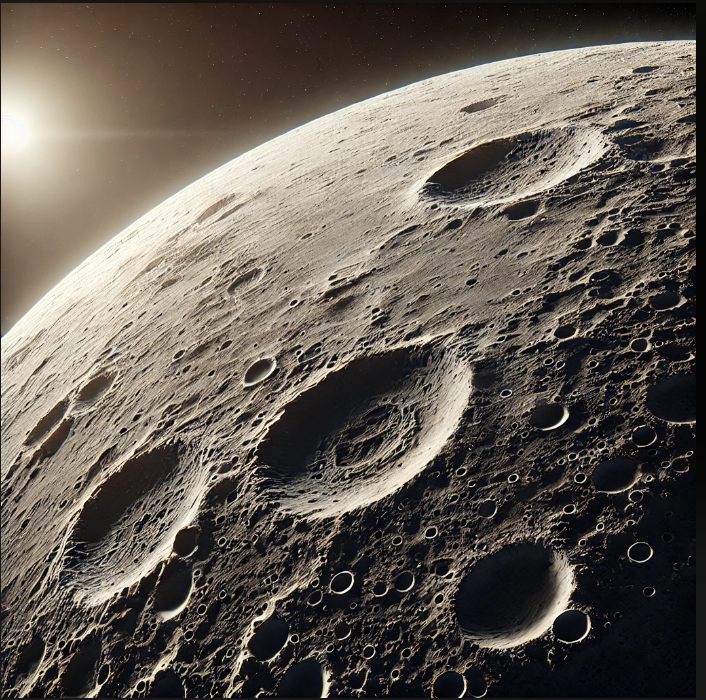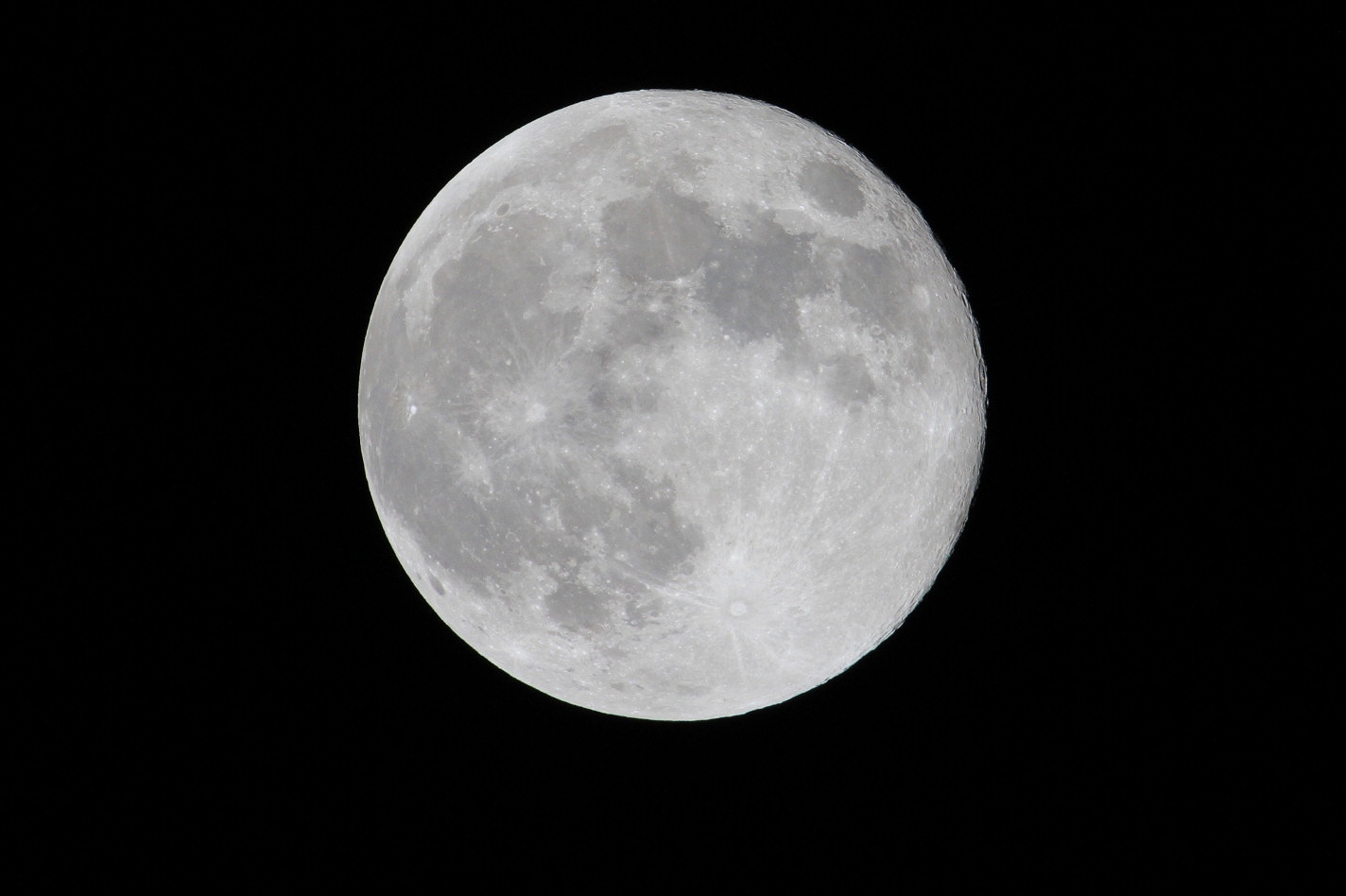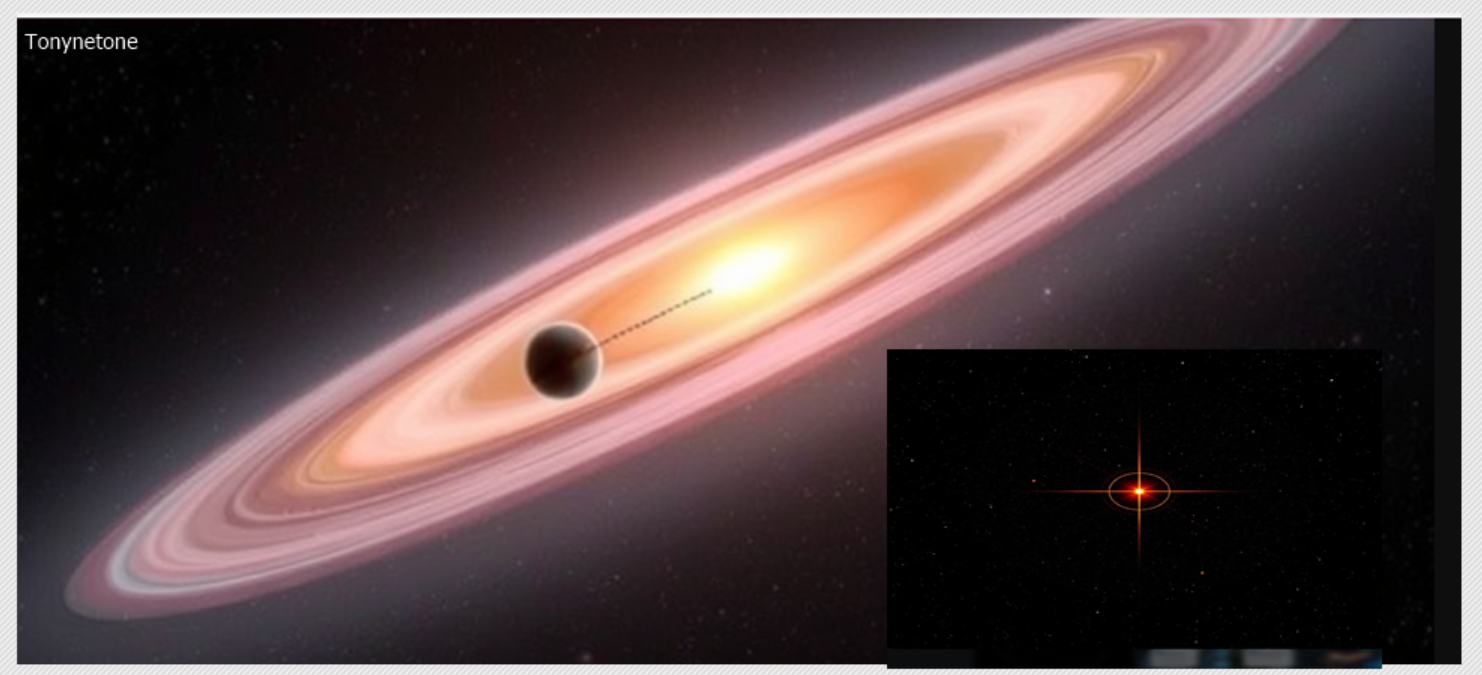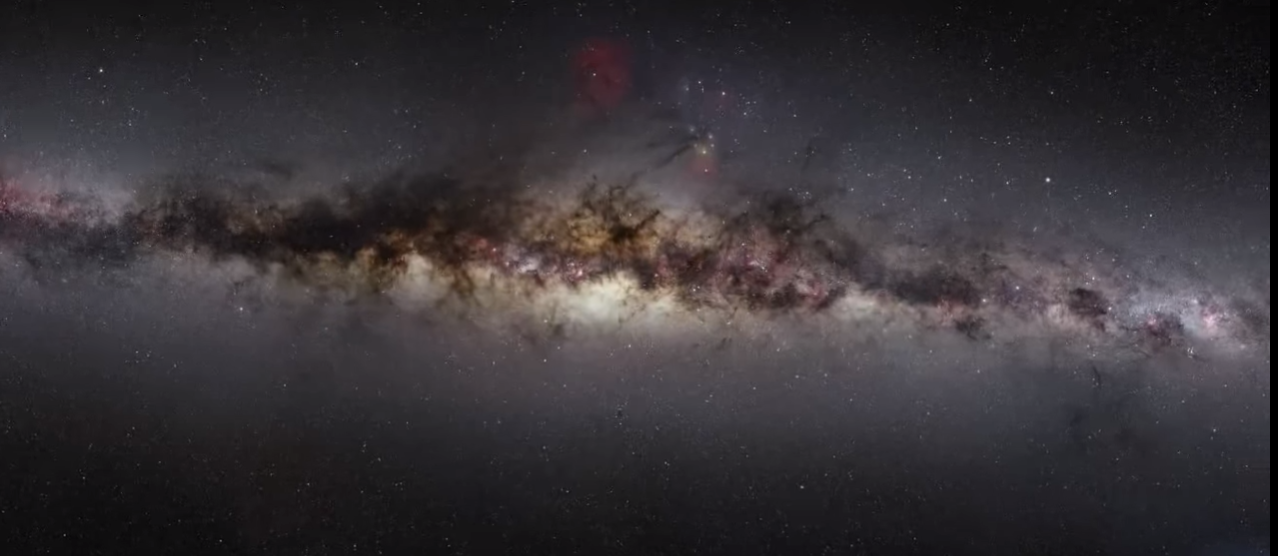It seems to be a really big issue with the Atheists.....
They will claim "It requires no #Faith to be an #Atheist!"
"We are simply saying that we don't believe YOUR explanation!"
But actually....
It DOES require Faith!
Because there is a large body of #Evidence supporting people's belief in the Most High...
and they are choosing to disregard that evidence, in most cases, in favor of an explanation like....
‘From Absolutely Nothing:’ The Logical Extension Of Atheism
The logical conclusion of atheism is the belief that there was once Absolutely Nothing. For a very, very long time, Absolutely Nothing did absolutely nothing. But one day, without warning, Absolutely Nothing created Everything, for no apparent reason. It did this in a magical explosion which came from Absolutely Nothing. For a very long time after this, the Everything that came from Absolutely Nothing was completely dead. The Dead Everything just drifted around, randomly clumping together, eventually forming stars and planets, solar systems and galaxies, powerful black holes and beautiful gas nebulae. Absolutely Nothing taught it how to do this. On Earth, the Dead Everything formed itself into oceans and islands, stunningly beautiful mountain ranges, magnificent waterfalls, deep valleys, monumental glaciers and warm tropical beaches. Absolutely Nothing taught the Dead Everything that used to be nothing how to do this.
But there was no life. Dead Everything was completely dead. Not a single living cell. Not a blade of grass. Not the smallest microbe in the ocean. Just dead, inanimate matter. But then another magical thing happened. One day, without warning, for no reason whatsoever, Dead Everything magically created living cells. We have no idea how Dead Everything did this, because we still can’t do this today, despite all our technology and the accumulated wisdom of our greatest scientific minds. The Dead Everything must have been extremely clever, probably because it was taught by Absolutely Nothing. We also don’t know why Dead Everything isn’t still creating living cells from dead matter today. Perhaps Absolutely Nothing originally told Dead Everything how to do it, but now Dead Everything has forgotten.
Anyway, the magical living cells, created by Dead Everything had no intelligence of their own, yet they eventually formed themselves into grass and trees, fish and birds, insects and reptiles, and mammals of all shapes and sizes. Absolutely Nothing told the magical living cells how to do this. Absolutely Nothing did this by creating a highly complex biological coding, called DNA, that it placed inside every living cell. This is a coded set of instructions more complex than the most sophisticated computers mankind has ever built. Absolutely Nothing eventually gave every living cell a complete set of these instructions, involving literally billions of lines of specific biological code, telling each cell how to grow into all the different lifeforms that we see today.
Absolutely Nothing told some living cells how to eventually grow into Atheists. Atheists believe in Absolutely Nothing. They have told the rest of us how Absolutely Nothing created Dead Everything in the beginning and how Absolutely Nothing then magically created the living world that we see around us today. We don’t know how Atheists learned about all this, since they weren’t there in the beginning when all of this supposedly happened. Perhaps Absolutely Nothing told them. Atheists have also told the rest of us that when we die, we go to Absolutely Nothing and turn into Absolutely Nothing ourselves. This is very exciting news! In the meantime, this understanding of our origins and eventual destiny gives us meaning and purpose. Since we now know that we came from Absolutely Nothing and will return to Absolutely Nothing, we can live our whole lives for Absolutely Nothing. Our ethics and morals are based upon Absolutely Nothing, and we serve Absolutely Nothing faithfully. Thank goodness for Atheism.
Atheists. And they mock Christian beliefs!
Anything you say......
**Smile and Nod**
Personally.... I don't really care WHAT you believe!
But when you attack my beliefs I feel the need to point out the flaws in your own
They will claim "It requires no #Faith to be an #Atheist!"
"We are simply saying that we don't believe YOUR explanation!"
But actually....
It DOES require Faith!
Because there is a large body of #Evidence supporting people's belief in the Most High...
and they are choosing to disregard that evidence, in most cases, in favor of an explanation like....
‘From Absolutely Nothing:’ The Logical Extension Of Atheism
The logical conclusion of atheism is the belief that there was once Absolutely Nothing. For a very, very long time, Absolutely Nothing did absolutely nothing. But one day, without warning, Absolutely Nothing created Everything, for no apparent reason. It did this in a magical explosion which came from Absolutely Nothing. For a very long time after this, the Everything that came from Absolutely Nothing was completely dead. The Dead Everything just drifted around, randomly clumping together, eventually forming stars and planets, solar systems and galaxies, powerful black holes and beautiful gas nebulae. Absolutely Nothing taught it how to do this. On Earth, the Dead Everything formed itself into oceans and islands, stunningly beautiful mountain ranges, magnificent waterfalls, deep valleys, monumental glaciers and warm tropical beaches. Absolutely Nothing taught the Dead Everything that used to be nothing how to do this.
But there was no life. Dead Everything was completely dead. Not a single living cell. Not a blade of grass. Not the smallest microbe in the ocean. Just dead, inanimate matter. But then another magical thing happened. One day, without warning, for no reason whatsoever, Dead Everything magically created living cells. We have no idea how Dead Everything did this, because we still can’t do this today, despite all our technology and the accumulated wisdom of our greatest scientific minds. The Dead Everything must have been extremely clever, probably because it was taught by Absolutely Nothing. We also don’t know why Dead Everything isn’t still creating living cells from dead matter today. Perhaps Absolutely Nothing originally told Dead Everything how to do it, but now Dead Everything has forgotten.
Anyway, the magical living cells, created by Dead Everything had no intelligence of their own, yet they eventually formed themselves into grass and trees, fish and birds, insects and reptiles, and mammals of all shapes and sizes. Absolutely Nothing told the magical living cells how to do this. Absolutely Nothing did this by creating a highly complex biological coding, called DNA, that it placed inside every living cell. This is a coded set of instructions more complex than the most sophisticated computers mankind has ever built. Absolutely Nothing eventually gave every living cell a complete set of these instructions, involving literally billions of lines of specific biological code, telling each cell how to grow into all the different lifeforms that we see today.
Absolutely Nothing told some living cells how to eventually grow into Atheists. Atheists believe in Absolutely Nothing. They have told the rest of us how Absolutely Nothing created Dead Everything in the beginning and how Absolutely Nothing then magically created the living world that we see around us today. We don’t know how Atheists learned about all this, since they weren’t there in the beginning when all of this supposedly happened. Perhaps Absolutely Nothing told them. Atheists have also told the rest of us that when we die, we go to Absolutely Nothing and turn into Absolutely Nothing ourselves. This is very exciting news! In the meantime, this understanding of our origins and eventual destiny gives us meaning and purpose. Since we now know that we came from Absolutely Nothing and will return to Absolutely Nothing, we can live our whole lives for Absolutely Nothing. Our ethics and morals are based upon Absolutely Nothing, and we serve Absolutely Nothing faithfully. Thank goodness for Atheism.
Atheists. And they mock Christian beliefs!
Anything you say......
**Smile and Nod**
Personally.... I don't really care WHAT you believe!
But when you attack my beliefs I feel the need to point out the flaws in your own
It seems to be a really big issue with the Atheists.....
They will claim "It requires no #Faith to be an #Atheist!"
"We are simply saying that we don't believe YOUR explanation!"
But actually....
It DOES require Faith!
Because there is a large body of #Evidence supporting people's belief in the Most High...
and they are choosing to disregard that evidence, in most cases, in favor of an explanation like....
‘From Absolutely Nothing:’ The Logical Extension Of Atheism
The logical conclusion of atheism is the belief that there was once Absolutely Nothing. For a very, very long time, Absolutely Nothing did absolutely nothing. But one day, without warning, Absolutely Nothing created Everything, for no apparent reason. It did this in a magical explosion which came from Absolutely Nothing. For a very long time after this, the Everything that came from Absolutely Nothing was completely dead. The Dead Everything just drifted around, randomly clumping together, eventually forming stars and planets, solar systems and galaxies, powerful black holes and beautiful gas nebulae. Absolutely Nothing taught it how to do this. On Earth, the Dead Everything formed itself into oceans and islands, stunningly beautiful mountain ranges, magnificent waterfalls, deep valleys, monumental glaciers and warm tropical beaches. Absolutely Nothing taught the Dead Everything that used to be nothing how to do this.
But there was no life. Dead Everything was completely dead. Not a single living cell. Not a blade of grass. Not the smallest microbe in the ocean. Just dead, inanimate matter. But then another magical thing happened. One day, without warning, for no reason whatsoever, Dead Everything magically created living cells. We have no idea how Dead Everything did this, because we still can’t do this today, despite all our technology and the accumulated wisdom of our greatest scientific minds. The Dead Everything must have been extremely clever, probably because it was taught by Absolutely Nothing. We also don’t know why Dead Everything isn’t still creating living cells from dead matter today. Perhaps Absolutely Nothing originally told Dead Everything how to do it, but now Dead Everything has forgotten.
Anyway, the magical living cells, created by Dead Everything had no intelligence of their own, yet they eventually formed themselves into grass and trees, fish and birds, insects and reptiles, and mammals of all shapes and sizes. Absolutely Nothing told the magical living cells how to do this. Absolutely Nothing did this by creating a highly complex biological coding, called DNA, that it placed inside every living cell. This is a coded set of instructions more complex than the most sophisticated computers mankind has ever built. Absolutely Nothing eventually gave every living cell a complete set of these instructions, involving literally billions of lines of specific biological code, telling each cell how to grow into all the different lifeforms that we see today.
Absolutely Nothing told some living cells how to eventually grow into Atheists. Atheists believe in Absolutely Nothing. They have told the rest of us how Absolutely Nothing created Dead Everything in the beginning and how Absolutely Nothing then magically created the living world that we see around us today. We don’t know how Atheists learned about all this, since they weren’t there in the beginning when all of this supposedly happened. Perhaps Absolutely Nothing told them. Atheists have also told the rest of us that when we die, we go to Absolutely Nothing and turn into Absolutely Nothing ourselves. This is very exciting news! In the meantime, this understanding of our origins and eventual destiny gives us meaning and purpose. Since we now know that we came from Absolutely Nothing and will return to Absolutely Nothing, we can live our whole lives for Absolutely Nothing. Our ethics and morals are based upon Absolutely Nothing, and we serve Absolutely Nothing faithfully. Thank goodness for Atheism.
Atheists. And they mock Christian beliefs!
Anything you say......
**Smile and Nod**
Personally.... I don't really care WHAT you believe!
But when you attack my beliefs I feel the need to point out the flaws in your own
0 Commenti
0 condivisioni
986 Views












